Home>Garden Essentials>When To Plant Seeds In A Greenhouse
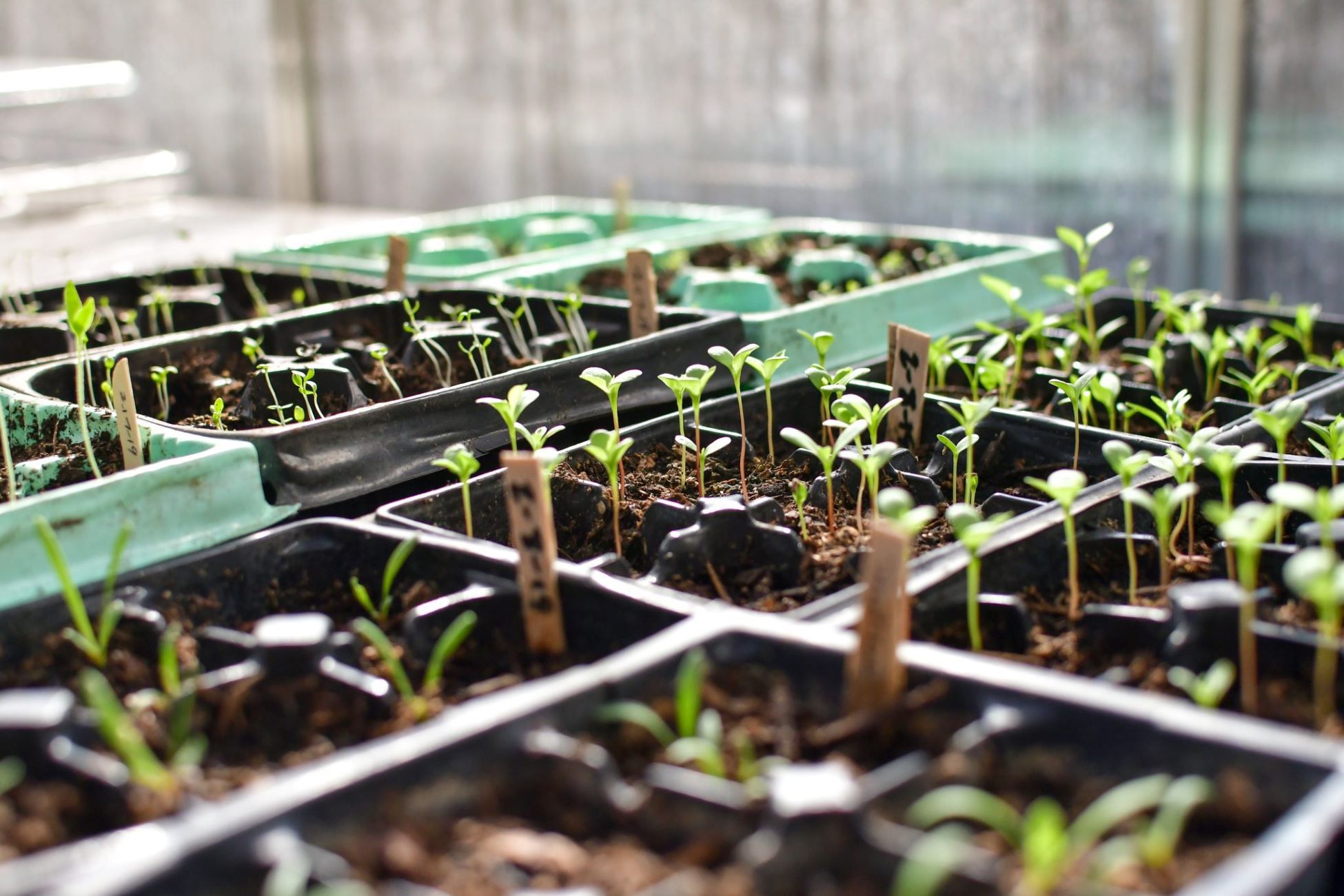

Garden Essentials
When To Plant Seeds In A Greenhouse
Modified: March 16, 2024
Discover the best time to sow garden seeds in your greenhouse. Learn tips and techniques for successful greenhouse gardening.
(Many of the links in this article redirect to a specific reviewed product. Your purchase of these products through affiliate links helps to generate commission for Storables.com, at no extra cost. Learn more)
Introduction
A greenhouse can be a gardener’s best friend when it comes to planting seeds. Whether you’re an experienced gardener or a beginner, a greenhouse offers numerous advantages for successful seed planting. Not only does it provide a controlled environment, but it also extends the growing season and protects delicate seedlings from harsh weather conditions. In this article, we will explore the benefits of using a greenhouse for seed planting, discuss the factors to consider before planting seeds, determine the best time for seed planting, address common mistakes to avoid, and provide a step-by-step guide for successfully planting seeds in a greenhouse.
Key Takeaways:
- Greenhouses extend the growing season, protect plants, and increase success rates. Proper preparation, timing, and aftercare are crucial for successful seed planting in a greenhouse.
- Avoid common mistakes like overwatering and poor ventilation. Follow a step-by-step guide for planting seeds and provide proper aftercare for healthy seedling growth.
Read more: When To Start Seeds In Greenhouse
Benefits of Using a Greenhouse for Seed Planting
Using a greenhouse for seed planting comes with a plethora of benefits that can greatly enhance your gardening experience. Let’s take a closer look at some of the advantages:
- Extended Growing Season: One of the biggest advantages of a greenhouse is the ability to extend the growing season. By controlling the temperature and providing protection from harsh weather conditions, you can start your seeds earlier in the year and continue growing plants well into the fall.
- Controlled Environment: A greenhouse allows you to have complete control over the growing conditions. You can adjust factors such as temperature, humidity, and ventilation to create the ideal environment for your seeds to thrive. This control helps to minimize the risk of pests, diseases, and other environmental factors that can hinder the growth of your plants.
- Protection from Extreme Weather: Seedlings are delicate and susceptible to damage from extreme weather conditions such as frost, heavy rain, or strong winds. A greenhouse acts as a protective shield, shielding your plants from these elements and allowing them to grow in a more stable and favorable environment.
- Consistent Temperatures: Fluctuating temperatures can be detrimental to seed germination and overall plant health. With a greenhouse, you can maintain consistent temperatures throughout the day and night, providing your seeds with the stable conditions they need to germinate and grow.
- Increased Success Rate: The controlled environment of a greenhouse significantly increases the success rate of seed germination and the overall growth of your plants. With the right conditions, you can expect higher germination rates, healthier seedlings, and ultimately, a more abundant harvest.
- Expanded Plant Options: A greenhouse allows you to explore a wider range of plant varieties. You can experiment with growing exotic or delicate plants that may not be suitable for your local climate. This opens up a whole new world of possibilities and expands your gardening repertoire.
As you can see, using a greenhouse for seed planting offers a multitude of benefits that can greatly enhance your gardening experience. Whether you’re looking to extend your growing season, protect your plants from harsh weather, or increase your success rate, a greenhouse is a valuable tool that can take your seed planting to the next level.
Factors to Consider Before Planting Seeds in a Greenhouse
Before you embark on your seed planting journey in a greenhouse, there are a few important factors to consider to ensure success. Let’s delve into these factors:
- Greenhouse Location: Choose a location for your greenhouse that receives ample sunlight throughout the day. Avoid areas that are shaded or obstructed by trees or buildings, as this can limit the amount of light reaching your plants.
- Size of the Greenhouse: Consider the size of your greenhouse and plan accordingly. Determine how many seed trays or pots you intend to use and ensure that your greenhouse has enough space to accommodate them comfortably.
- Temperature Control: Your greenhouse should have a ventilation system that allows for temperature control. It should be equipped with vents and fans to regulate the temperature during hot summer days and prevent overheating.
- Proper Drainage: Good drainage is crucial for preventing waterlogged soil, which can lead to root rot. Ensure that your greenhouse has proper drainage channels or use well-draining soil mix to promote healthy root development.
- Lighting: Even though a greenhouse provides ample light, supplemental lighting may be required during the darker months or for specific plants that require higher light levels. Consider investing in grow lights to ensure optimal growth for your seeds.
- Watering System: Decide on a watering system that works best for your needs. Whether it’s hand watering, drip irrigation, or an automated system, make sure that your greenhouse has a reliable and efficient way to deliver water to your plants.
- Pest and Disease Management: Implement preventive measures to protect your seedlings from pests and diseases. Regularly inspect your plants, maintain cleanliness in the greenhouse, and consider organic pest control methods to minimize the risk of infestations.
- Timing: Timing is crucial when it comes to seed planting. Research the recommended planting times for different plant varieties, taking into account the average last frost date in your region. This will help you avoid planting too early or too late, ensuring optimal growth and development of your seeds.
Taking these factors into consideration before planting seeds in your greenhouse will help set you up for success. By carefully planning and preparing, you’ll create an environment that promotes healthy growth and maximizes the potential of your seedlings.
Best Time to Plant Seeds in a Greenhouse
Timing is critical when it comes to planting seeds in a greenhouse. The ideal time to start planting seeds depends on various factors, including your location, the type of plants you’re growing, and the average last frost date in your region. Here are some general guidelines to help you determine the best time for seed planting in a greenhouse:
- Temperature: Most seeds require a minimum soil temperature for germination to occur. It’s recommended to wait until the soil temperature inside the greenhouse reaches the optimal range for the seeds you’re planting. This information can typically be found on the seed packet or in gardening references.
- Last Frost Date: Determine the average last frost date in your area. This date signifies the end of the frosty season and indicates when it’s generally safe to start planting. You can find this information from local gardening resources or consult with experienced gardeners in your region.
- Planting Schedule: Create a planting schedule based on the recommended planting times for different plant varieties. Some plants, like cool-season vegetables, can be started indoors in late winter or early spring, while warm-season plants are typically started a few weeks before the last frost date. Refer to the seed packets or gardening references for specific information.
- Transplanting Time: Consider the recommended transplanting time for the plants you’re growing. Some plants need to be started early in the greenhouse to give them enough time to grow before being transplanted outdoors. This is especially important for plants that require a longer growing season.
- Succession Planting: Plan for succession planting in the greenhouse to ensure a continuous harvest. Rather than planting all your seeds at once, stagger the planting over a period of time to prolong your harvest season.
It’s important to note that these guidelines are general recommendations, and specific plant requirements may vary. Always refer to the seed packets or consult reliable gardening references for the most accurate information on when to start seeds in a greenhouse.
By following these guidelines and considering the specific needs of your plants, you’ll be able to determine the best time to plant seeds in your greenhouse. Doing so will maximize the growth potential of your seedlings and set them up for success as you transition them to the outdoor garden.
Common Mistakes to Avoid When Seed Planting in a Greenhouse
Seed planting in a greenhouse can be a rewarding and successful endeavor, but there are common mistakes that gardeners often make. Being aware of these mistakes and taking steps to avoid them can help ensure the optimal growth and development of your seedlings. Here are some common mistakes to avoid when seed planting in a greenhouse:
- Overwatering: One of the most common mistakes is overwatering. While it’s important to keep the soil moist, excessive watering can lead to root rot and other water-related issues. Make sure to water your seeds and seedlings appropriately, allowing the soil to dry out slightly between waterings.
- Underwatering: On the other hand, underwatering is equally detrimental to seedlings’ growth. It’s important to maintain consistent moisture levels in the soil. Regularly check the soil’s moisture content and adjust your watering schedule accordingly.
- Poor Ventilation: Inadequate ventilation in the greenhouse can lead to high humidity, stagnant air, and increased risk of fungal diseases. Ensure proper airflow by opening vents, using fans, and creating a cross-ventilation system to promote healthy growth and prevent issues caused by stagnant air.
- Insufficient Lighting: While a greenhouse provides ample natural light, some seedlings may require additional lighting, especially during darker months or for plants that thrive in higher light levels. Invest in quality grow lights to ensure proper light distribution and adequate intensity for optimal growth.
- Improper Temperature Control: Inconsistent or extreme temperatures can disrupt seed germination and hinder plant growth. Monitor and maintain the temperature inside the greenhouse, utilizing ventilation, shading, and heating methods as necessary to create a conducive environment for seedling development.
- Planting Seeds Too Deep or Too Shallow: Planting seeds at the wrong depth can affect their germination and growth. Different seeds have specific planting depths, so be sure to follow the instructions provided on the seed packet. As a general rule, small seeds should be planted shallow, while larger seeds require deeper planting.
- Ignoring Pest and Disease Prevention: Neglecting pest and disease prevention measures can lead to significant damage to your seedlings. Regularly inspect your plants for signs of pests or diseases, implement proper sanitation practices, and use organic pest control methods when necessary to maintain healthy plants.
- Overcrowding: It’s easy to get carried away and plant too many seeds in a limited space. Overcrowding can lead to competition for resources, stunted growth, and increased risk of diseases. Plant seeds with adequate spacing to allow for proper air circulation and healthy root development.
By avoiding these common mistakes, you’ll give your seeds the best chance at successful germination and healthy growth in the greenhouse. Remember to pay attention to the specific needs of your plants and provide the ideal growing conditions to ensure their overall well-being.
Tip: Plant seeds in a greenhouse when the soil temperature is consistently above 50°F (10°C) and the danger of frost has passed. This will provide the best conditions for germination and growth.
Read more: When To Plant Hollyhock Seed
How to Prepare Your Greenhouse for Seed Planting
Proper preparation is essential for creating an ideal environment for successful seed planting in your greenhouse. Taking the time to prepare your greenhouse will ensure that your seeds have the best chance of germination and growth. Here are some steps to help you prepare your greenhouse for seed planting:
- Clean and sanitize: Start by thoroughly cleaning your greenhouse to remove any debris, pests, or disease-causing organisms. Wash all surfaces, including benches, pots, and tools, with a disinfectant solution to prevent the spread of diseases.
- Evaluate the structure: Inspect the greenhouse structure for any damages or leaks that may need repair. Check the roof, walls, and ventilation system to ensure they are functioning properly. Repair any broken glass or leaks to maintain a controlled environment.
- Prepare the soil: If you plan to use soil in your seed trays or pots, ensure that it is well-draining and free from contaminants. You can use a mixture of compost, peat moss, and perlite to create a light and airy seed starting mix. Alternatively, consider using a sterile seed starting mix to reduce the risk of diseases.
- Set up benches and trays: Arrange benches or tables in your greenhouse to provide a sturdy and organized space for your seed trays or pots. Make sure they are clean and sturdy enough to hold the weight of your plants. Place humidity trays or trays with water underneath the flats to provide adequate moisture.
- Check the temperature: Ensure that your greenhouse is maintaining the desired temperature range for the seeds you’ll be planting. Install a thermometer to monitor the temperature and make adjustments as needed. Consider using heaters or shade cloths to regulate the temperature during extreme weather conditions.
- Install proper lighting: If your greenhouse doesn’t receive sufficient natural light, consider installing supplemental grow lights. Position them appropriately to provide even light distribution. Adjust the distance between the lights and the seedlings as they grow to prevent stretching and promote sturdy growth.
- Set up a watering system: It’s crucial to have a reliable watering system in place to ensure consistent moisture levels for your seedlings. Depending on your preference and the size of your greenhouse, you can use a drip irrigation system, soaker hoses, or hand watering with a watering can. Monitor and adjust the watering schedule as needed to maintain proper moisture levels.
- Organize seed inventory: Take stock of your seed inventory and organize them according to planting dates and plant types. Label and store them in a cool, dry place to ensure their freshness and viability for future use.
By following these steps, you’ll create a well-prepared greenhouse that provides the optimal conditions for seed planting. Remember to adjust the preparations based on the specific needs of the plants you’re growing and regularly monitor and maintain the greenhouse to ensure its efficiency throughout the seed planting season.
Step-by-Step Guide for Planting Seeds in a Greenhouse
Planting seeds in a greenhouse requires careful attention to detail to ensure successful germination and healthy growth. Here is a step-by-step guide to help you navigate the process:
- Gather your supplies: Collect all the necessary supplies, including seed trays or pots, seed starting mix, seeds, labels, a watering can or sprayer, and any additional tools you may need.
- Prepare the seed trays or pots: Fill your seed trays or pots with a well-draining seed starting mix. Moisten the mix slightly to provide a suitable environment for seed germination.
- Sow the seeds: Read the instructions on the seed packet to determine the appropriate planting depth and spacing. Make small depressions in the soil using your finger or a planting dibber, and place the seeds in the depressions according to the recommended spacing.
- Cover and label: Gently cover the seeds with a thin layer of the seed starting mix. Label each tray or pot with the seed variety and planting date to keep track of your plants’ progress.
- Water the seeds: Using a watering can or sprayer, water the seeds gently to ensure even moisture distribution. Avoid overwatering, as excessive moisture can lead to fungal growth. Maintain consistent moisture levels throughout the germination period.
- Provide proper lighting: Place your trays or pots in a well-lit area of the greenhouse. If natural light is insufficient, supplement with grow lights positioned at an appropriate distance from the seedlings to provide adequate light intensity.
- Maintain the temperature: Monitor the temperature in the greenhouse to ensure it stays within the optimal range for seed germination. Make any necessary adjustments using ventilation, shade cloths, or heaters to maintain a stable environment.
- Keep an eye on the seedlings: Regularly inspect your seedlings for signs of growth and monitor their overall health. Look out for any pests or diseases and take immediate action if necessary to prevent further damage.
- Thin out seedlings (if necessary): Once the seedlings have grown a few sets of leaves, you may need to thin them out to provide adequate spacing. Remove the weaker or overcrowded seedlings, leaving only the healthiest ones to thrive.
- Harden off the seedlings: Prior to transplanting the seedlings outdoors, gradually expose them to the outdoor environment for a few hours each day. This process, known as hardening off, helps acclimate the seedlings to outdoor conditions and reduces the risk of transplant shock.
Remember to consult the specific instructions on your seed packets, as different plants may have unique requirements. With proper care and attention, your seedlings will thrive in the greenhouse and be ready to flourish in your garden.
Aftercare for Seedlings in a Greenhouse
Providing proper aftercare for your seedlings is crucial for their continued growth and successful transition from the greenhouse to the outdoor garden. Here are some important steps to follow for effective aftercare:
- Watering: Continue to water your seedlings as needed, ensuring that the soil remains consistently moist but not waterlogged. Adjust the watering frequency as the seedlings grow and their water needs change.
- Fertilizing: As the seedlings develop, they will benefit from regular fertilization. Use a balanced liquid fertilizer or organic compost tea to provide nutrients for healthy growth. Follow the recommended dosage instructions for your specific plants.
- Supporting: Some seedlings, especially those that grow tall and leggy, may require support to prevent them from bending or falling over. Use bamboo stakes or plant supports to provide stability and encourage upright growth.
- Transplanting: Once your seedlings have grown strong and the outdoor conditions are favorable, they can be transplanted into the garden. Harden off the seedlings gradually by exposing them to outdoor conditions for a few hours each day before transplanting. Follow proper transplanting techniques to minimize transplant shock.
- Protecting from pests and diseases: Monitor your seedlings for any signs of pests or diseases. Implement organic pest control measures such as hand-picking insects or using natural repellents to protect your plants. Regularly inspect the leaves and stems for any signs of damage or disease, and take appropriate action if needed.
- Providing adequate sunlight: Ensure that your transplanted seedlings are placed in a location that receives the appropriate amount of sunlight for their specific needs. Observe any changes in light conditions throughout the day or as the seasons change and adjust accordingly.
- Maintaining proper spacing: Give your transplanted seedlings enough room to grow by maintaining appropriate spacing between plants. This allows for proper air circulation and reduces the risk of overcrowding, which can lead to disease and poor growth.
- Regular maintenance: Continue to perform regular maintenance tasks such as weeding, pruning, and removing any dead or damaged foliage. Keep the garden area clean and free from debris to discourage pests and diseases.
- Monitoring growth: Keep a close eye on the growth and progress of your transplanted seedlings. Look for signs of healthy growth and address any issues promptly. Regularly observe the plants for any changes in color, wilting, or unusual symptoms that may indicate nutrient deficiencies or diseases.
- Harvesting: As your plants mature, follow proper harvesting techniques for each specific plant variety. Harvest your crops at the appropriate stage of maturity to ensure the best flavor, texture, and nutritional value.
By providing proper aftercare, you’ll help your seedlings establish strong roots, thrive in the garden, and ultimately yield a bountiful harvest. Regular attention, care, and maintenance are key to the success of your seedlings as they continue their journey from the greenhouse to the outdoor garden.
Conclusion
Planting seeds in a greenhouse brings a multitude of benefits for gardeners of all skill levels. With the ability to extend the growing season, provide a controlled environment, and protect delicate seedlings from harsh weather conditions, a greenhouse becomes an invaluable tool in your gardening arsenal. By considering important factors such as greenhouse location, size, temperature control, and timing, you can set yourself up for successful seed planting.
Avoiding common mistakes like overwatering, poor ventilation, improper lighting, and overcrowding will help ensure optimal growth and prevent setbacks in your seedlings’ development. Taking the time to properly prepare your greenhouse, including cleaning and sanitizing, evaluating the structure, and setting up the necessary supplies, will create a conducive environment for seed planting.
Remember to follow a step-by-step guide for planting seeds in your greenhouse, ensuring proper sowing depth, labeling, watering, lighting, and temperature control. After the seedlings have sprouted, providing appropriate aftercare, such as regular watering, fertilizing, supporting, and protecting from pests and diseases, will promote healthy growth and prepare them for successful transplantation into the outdoor garden.
Throughout the process, maintain vigilant monitoring of your seedlings’ progress, making adjustments as necessary and addressing any issues promptly. Use this opportunity to learn and gain experience, adjusting your techniques and approaches for future seed planting endeavors.
In conclusion, a greenhouse offers a valuable space for seed planting, extending your growing season and providing optimal conditions for seed germination and growth. With the right preparation, timing, and aftercare, you can cultivate healthy and thriving seedlings that will flourish and reward you with a bountiful garden. Embrace the opportunities that a greenhouse brings and enjoy the journey of seed planting and nurturing your plants from start to finish.
Frequently Asked Questions about When To Plant Seeds In A Greenhouse
Was this page helpful?
At Storables.com, we guarantee accurate and reliable information. Our content, validated by Expert Board Contributors, is crafted following stringent Editorial Policies. We're committed to providing you with well-researched, expert-backed insights for all your informational needs.
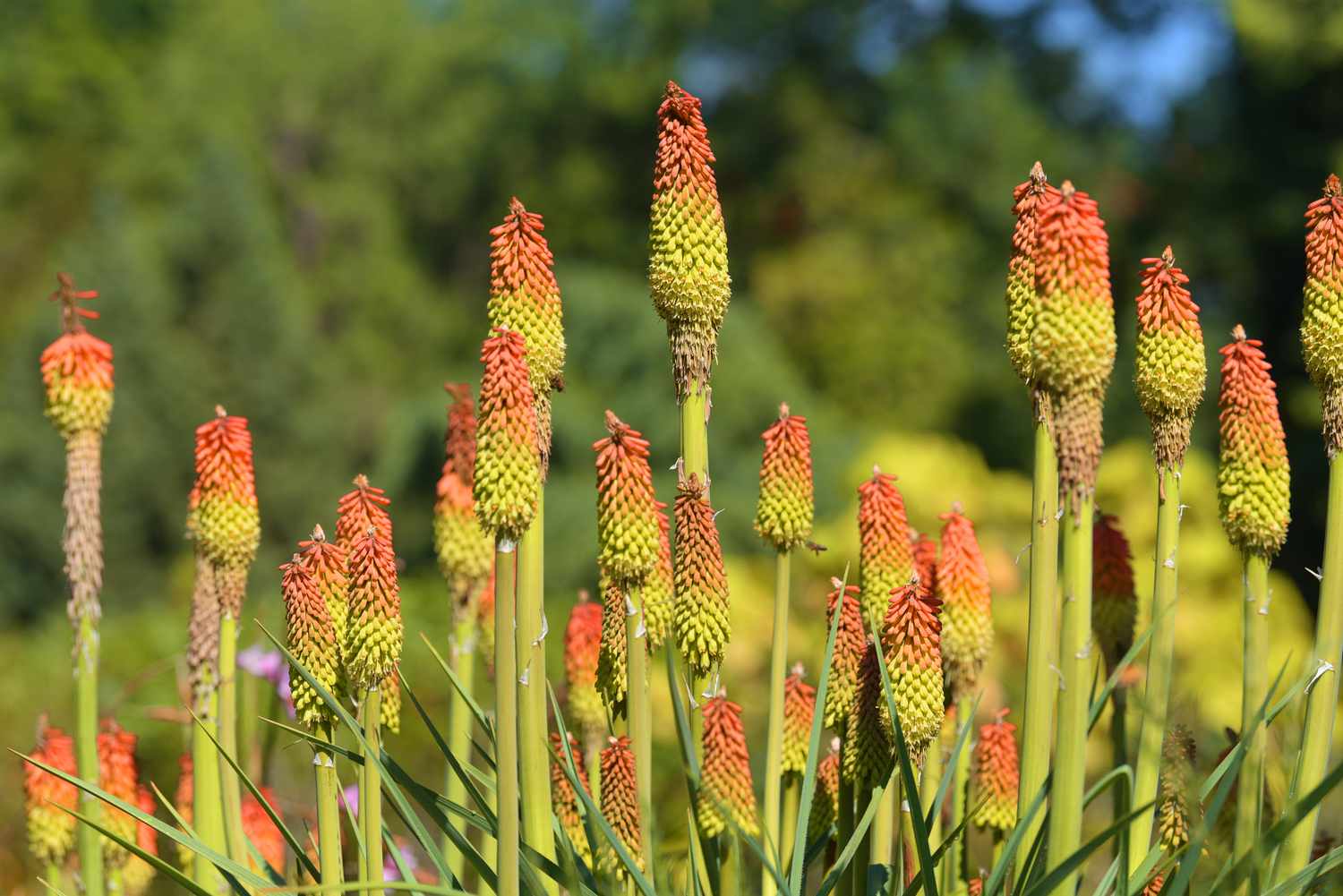
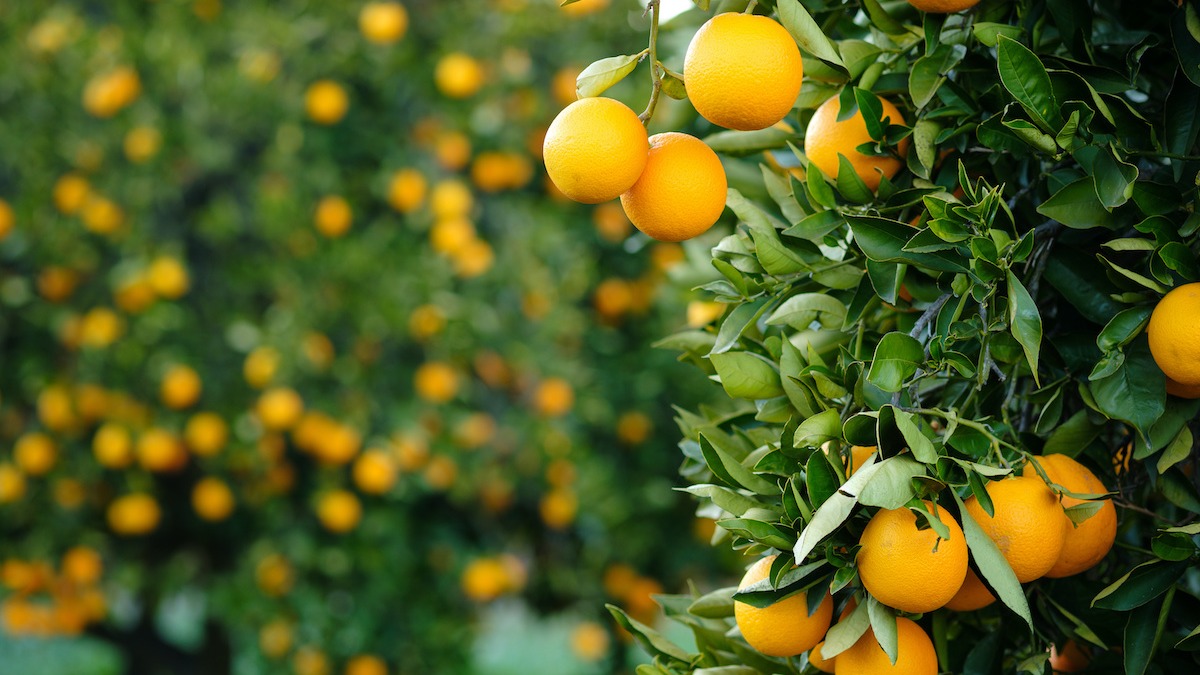
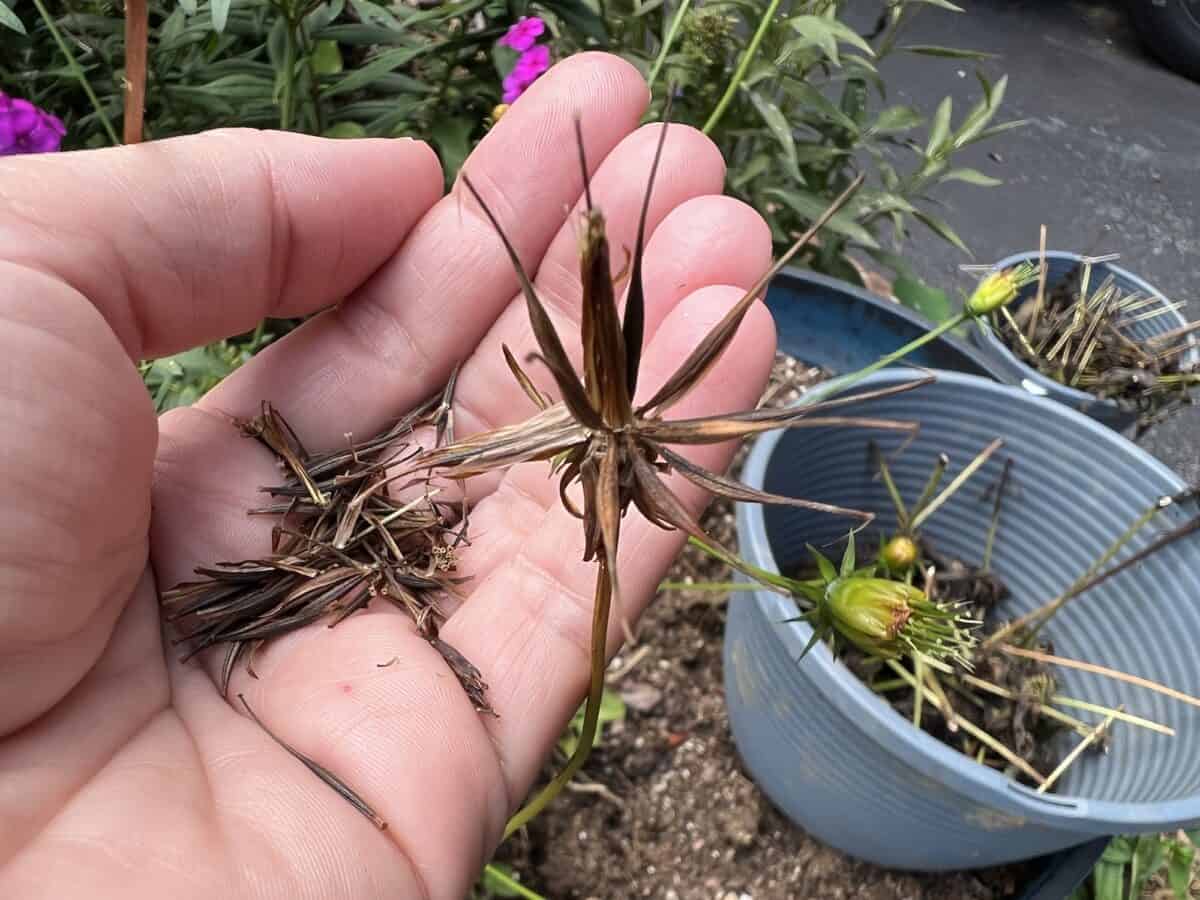
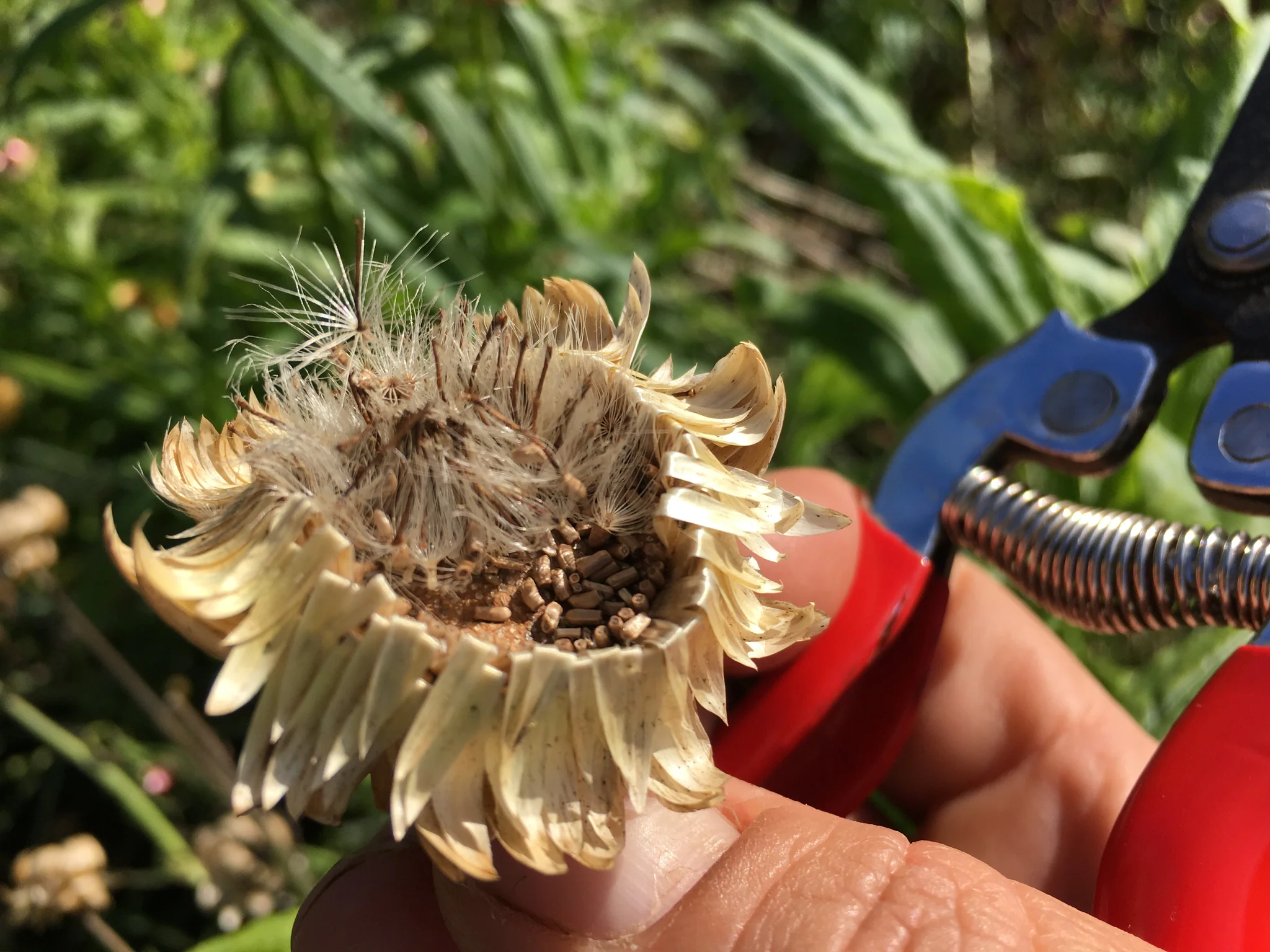
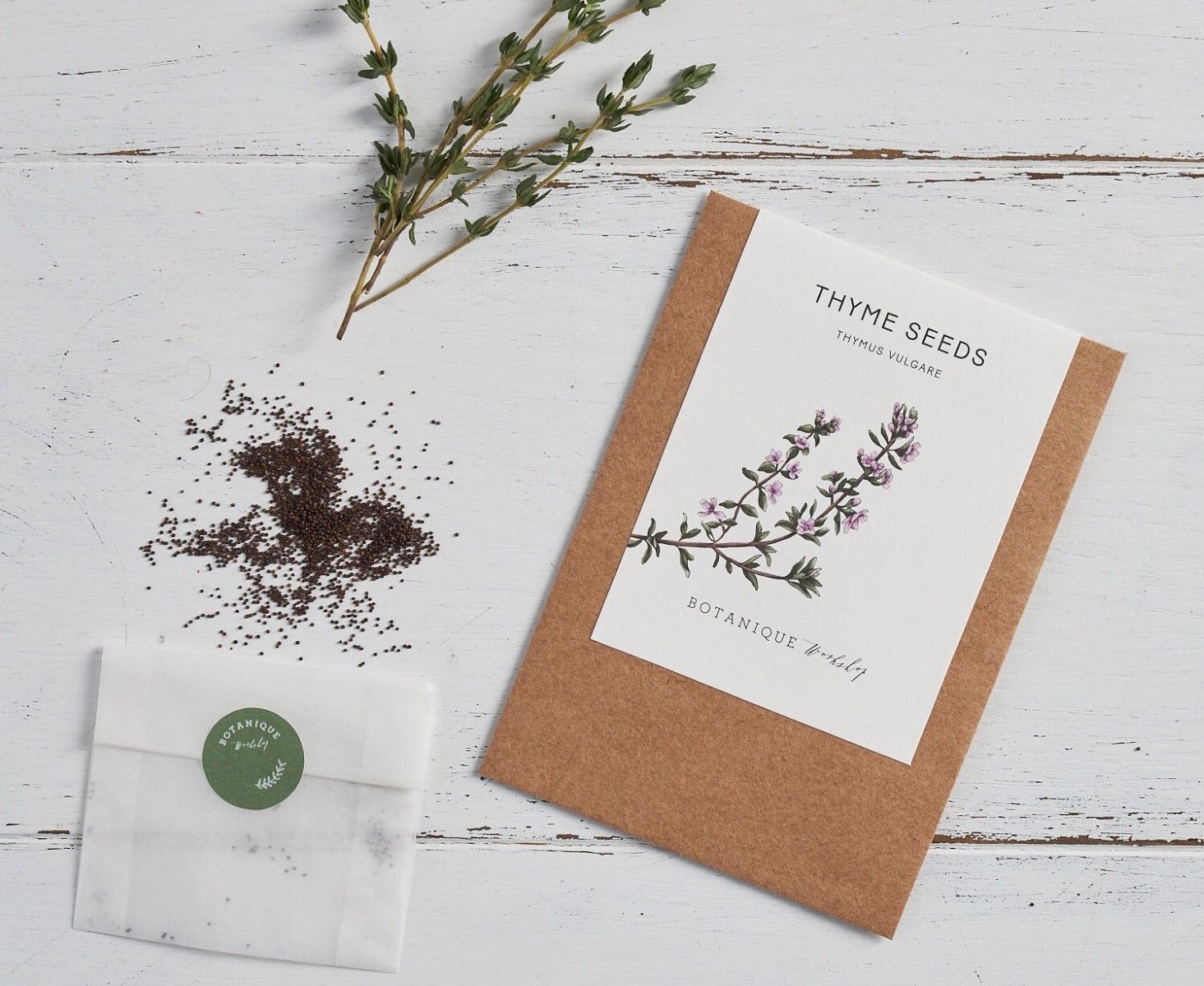
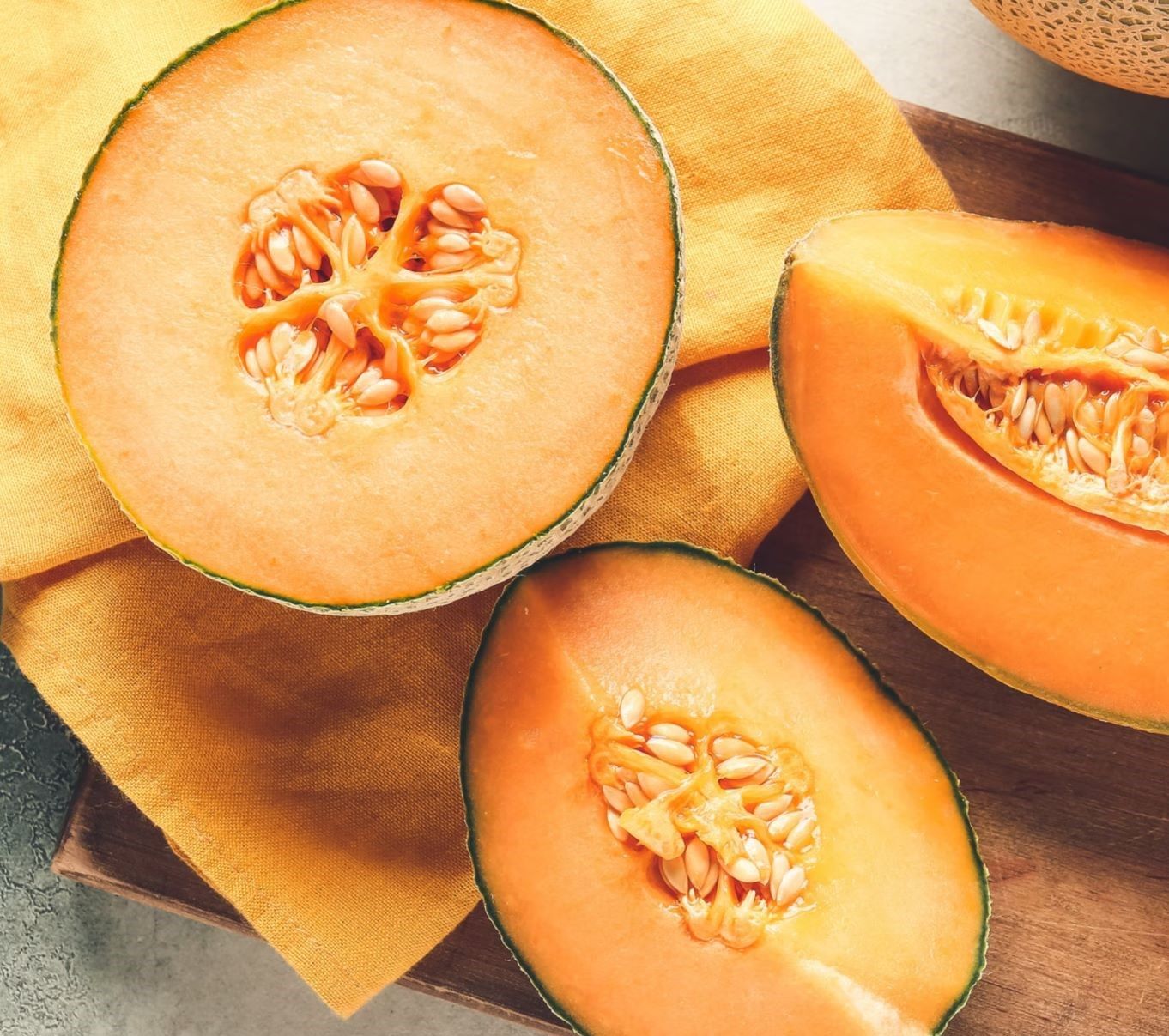
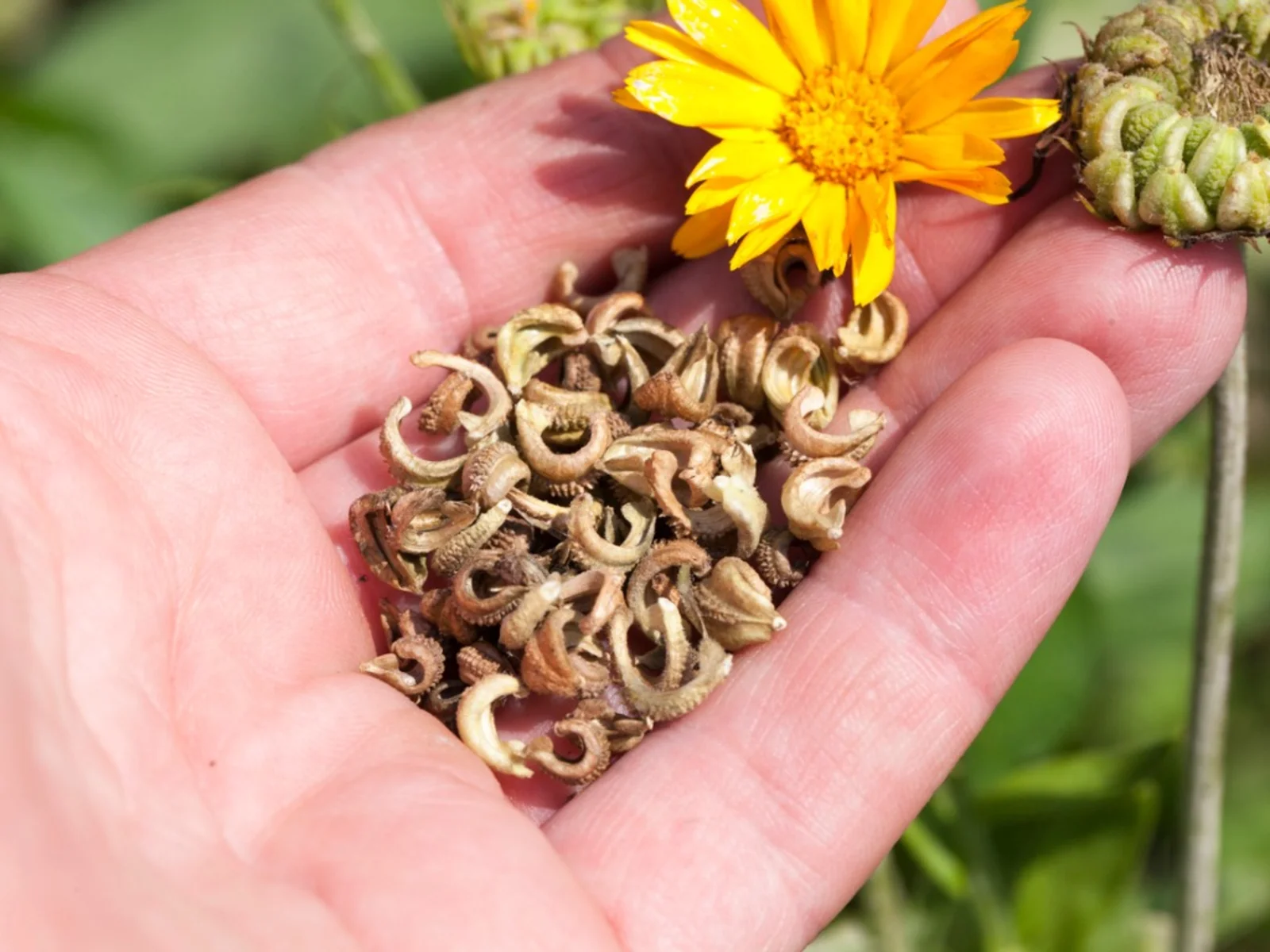
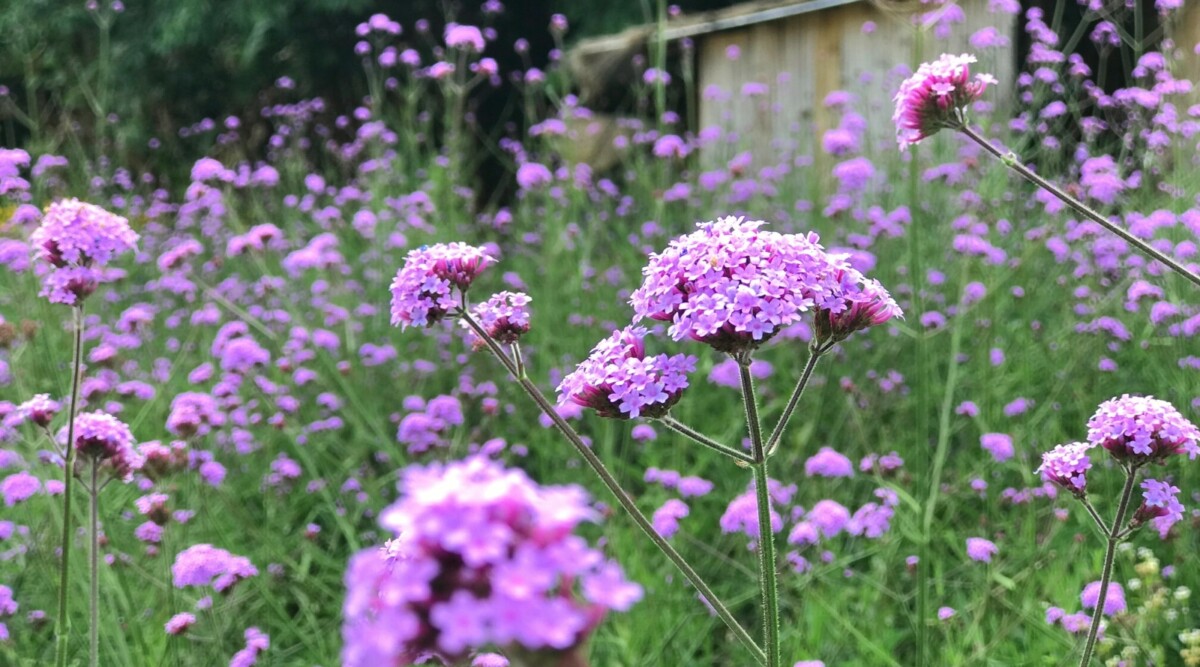
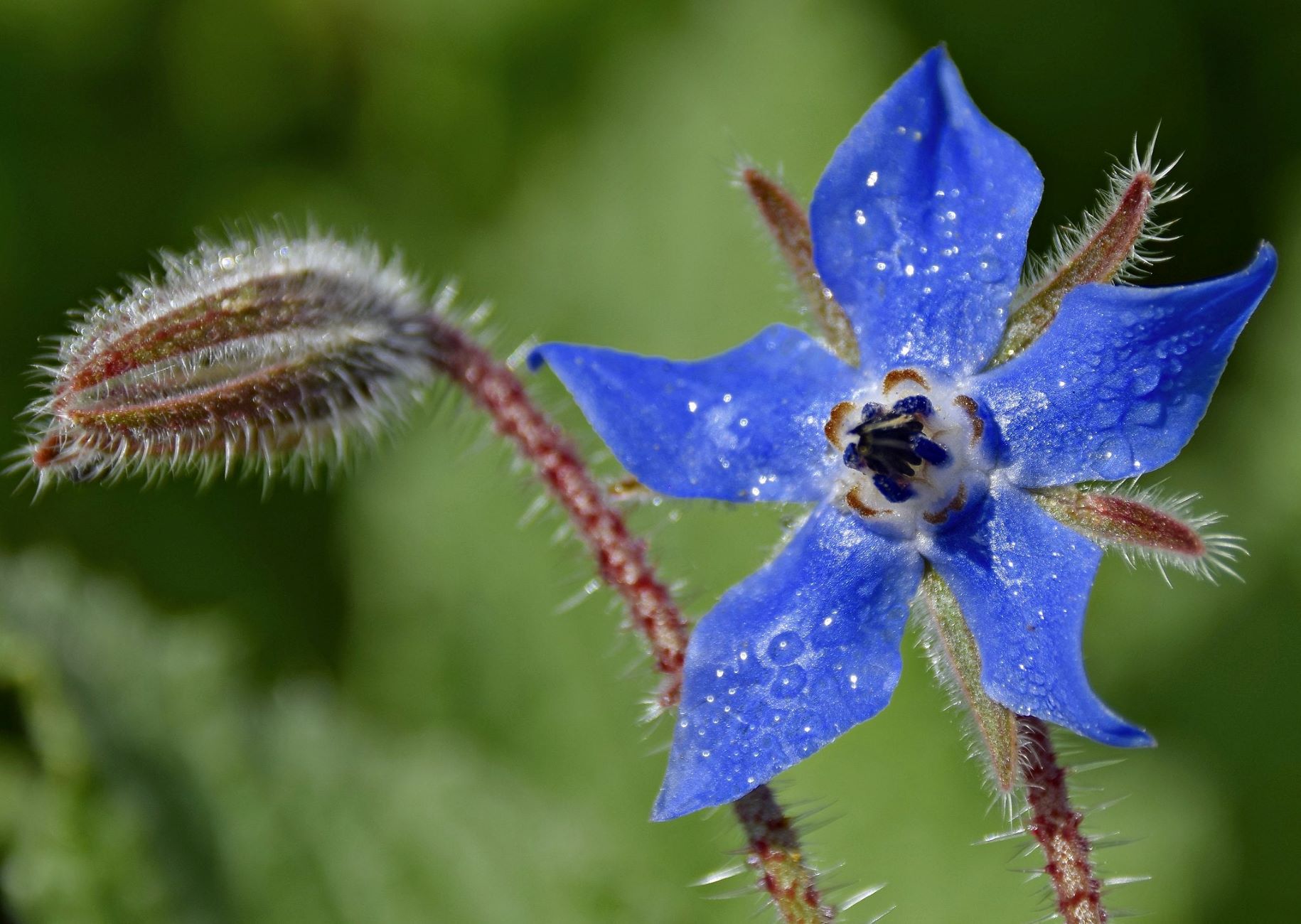
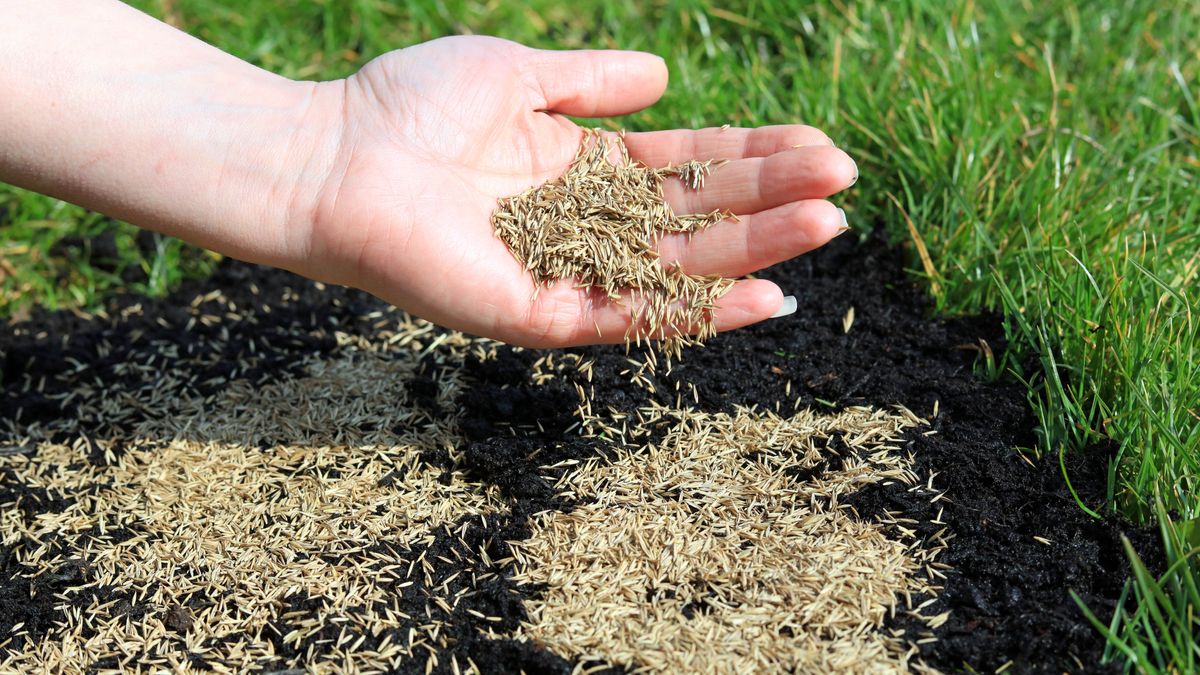
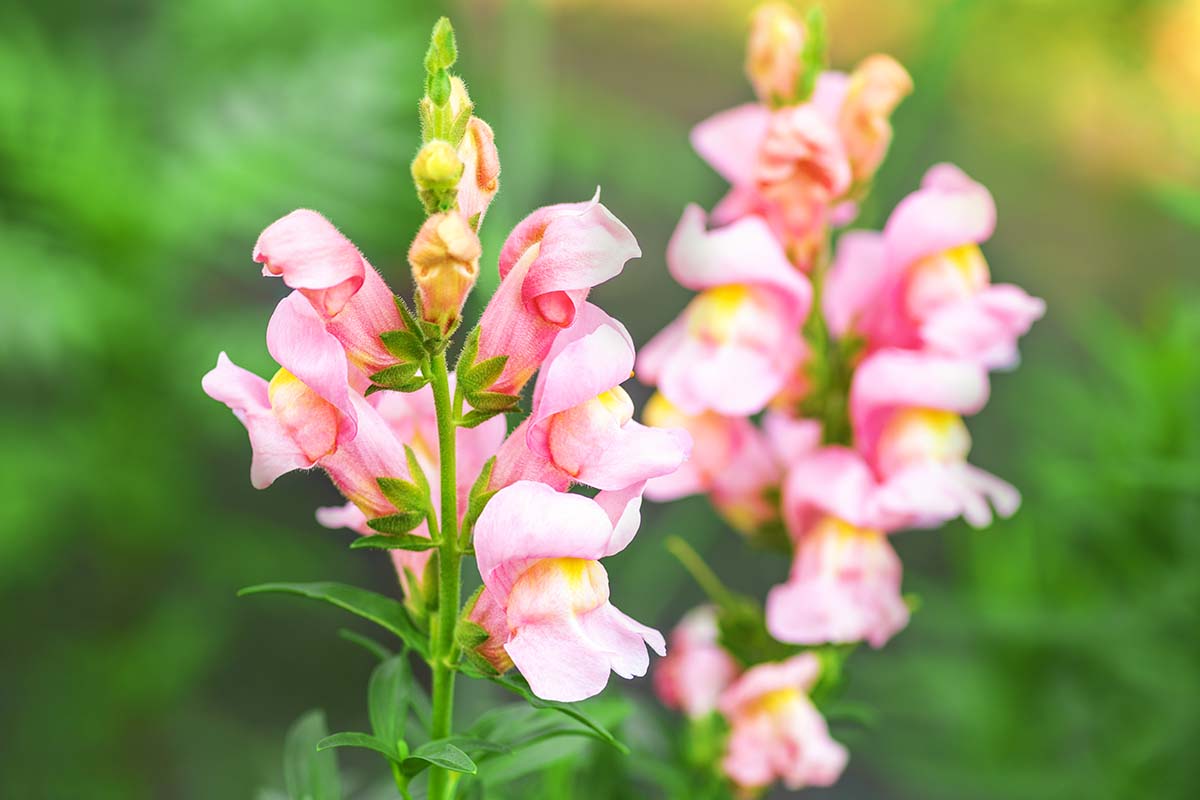
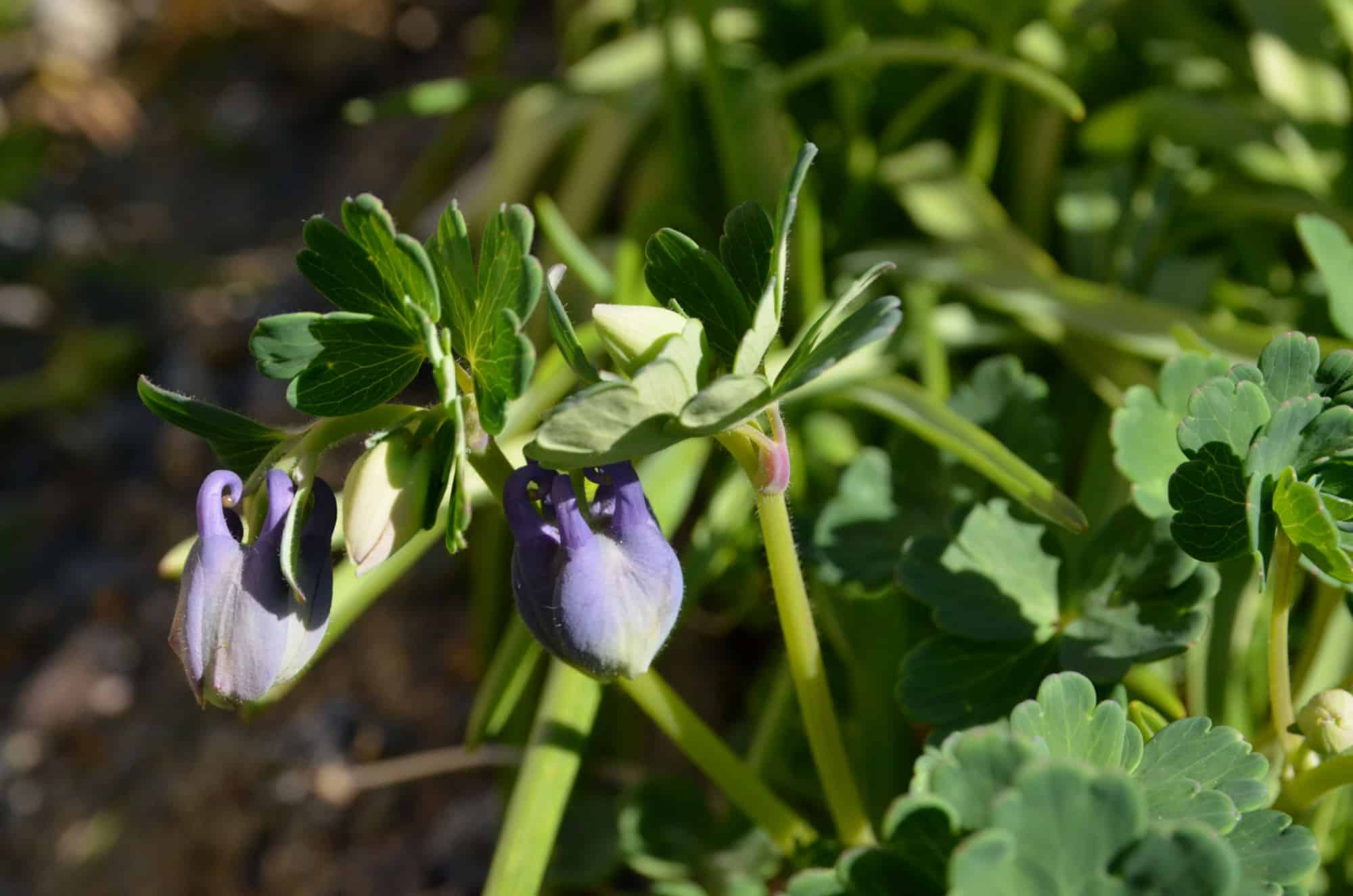
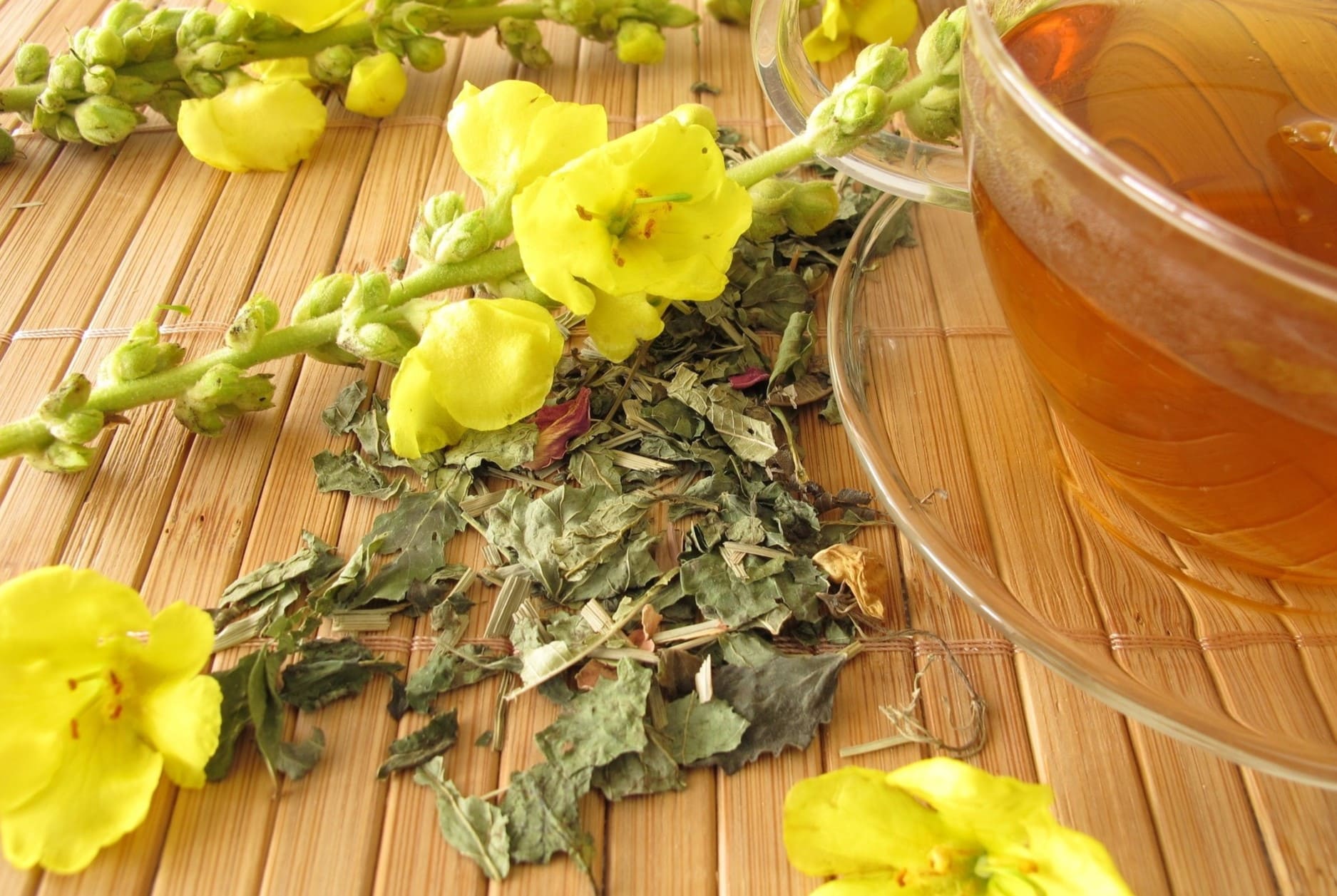
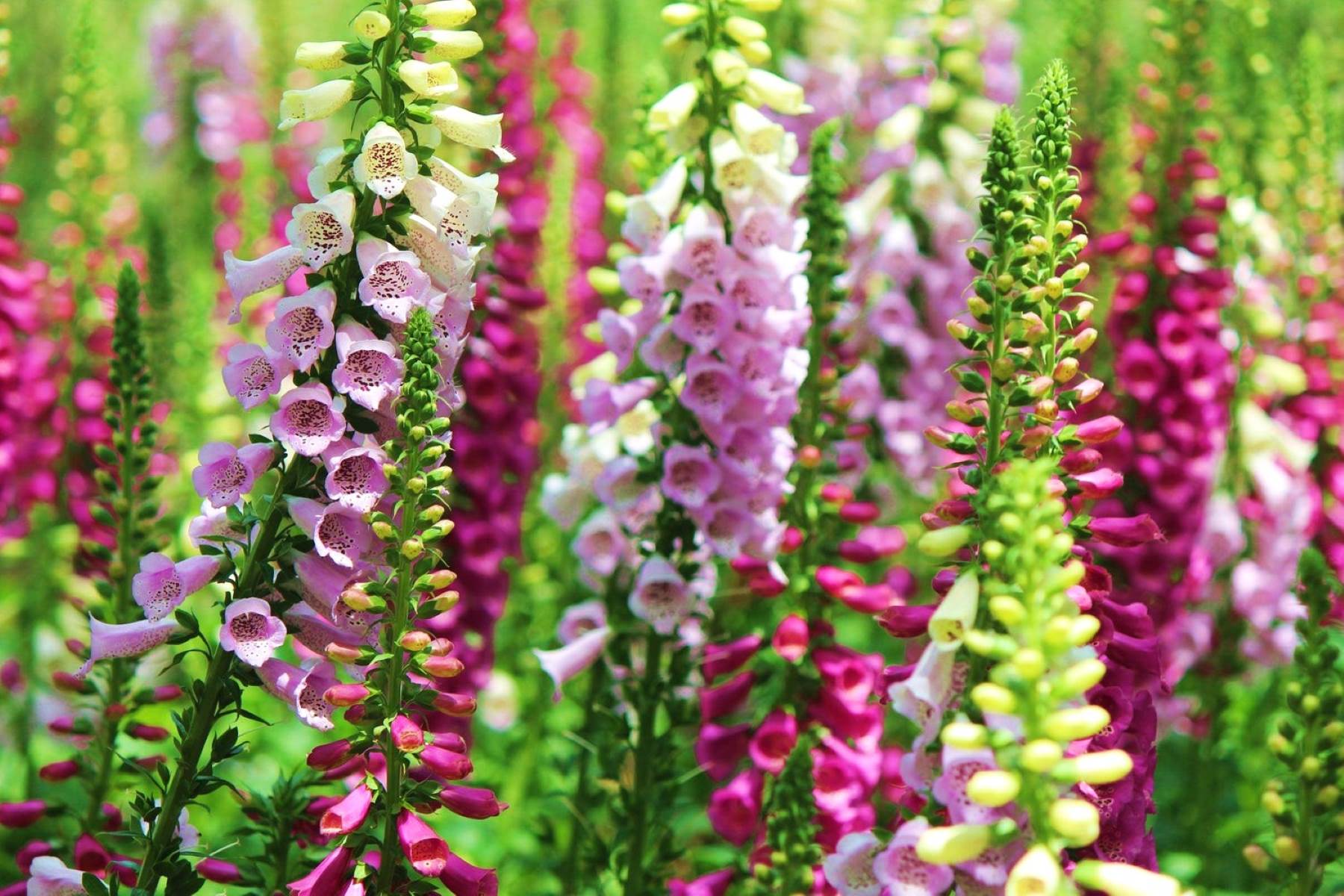

0 thoughts on “When To Plant Seeds In A Greenhouse”